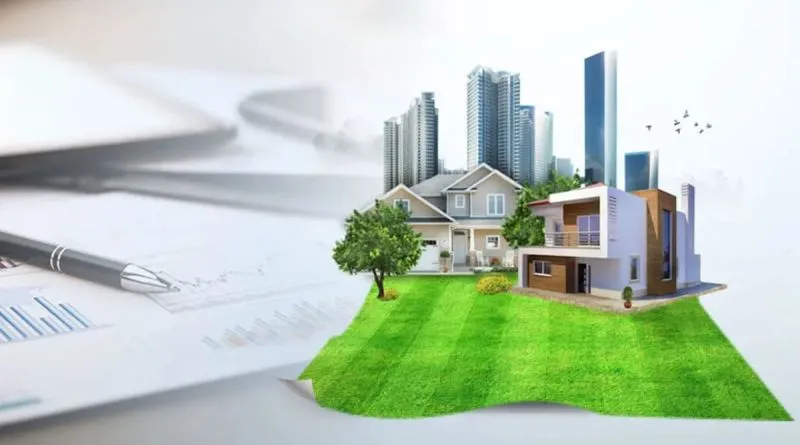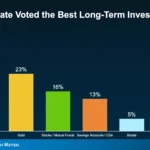The real estate market is undergoing a massive transformation, and at the center of this change are green homes and sustainable housing developments. With climate change, rising energy costs, and shifting consumer demands, sustainable real estate is no longer a niche—it’s becoming the new standard in 2025 and beyond.
This article explores why green homes are gaining momentum, the benefits for homeowners and investors, and how sustainable real estate is shaping the future of housing.
1. What Are Green Homes?
Green homes are residential properties designed and built to reduce environmental impact and improve energy efficiency. These homes often include:
- Solar panels for renewable energy
- Smart energy systems that optimize power usage
- Eco-friendly materials like recycled wood, bamboo, and non-toxic paints
- Efficient insulation and windows to minimize heating/cooling needs
- Water conservation systems like rainwater harvesting and low-flow fixtures
2. Why Sustainable Real Estate Is Rising in 2025
- Environmental Awareness
Climate change is one of the most pressing global issues. Governments, businesses, and individuals are increasingly seeking eco-friendly solutions, and housing is a big part of that. - Cost Savings
While green homes may cost more upfront, they significantly reduce utility bills through lower energy and water consumption. Over time, they save homeowners thousands of dollars. - Government Incentives
Many countries now offer tax credits, subsidies, and rebates for building or upgrading to sustainable housing. - Consumer Demand
Millennials and Gen Z buyers are driving the housing market, and surveys show they prefer eco-friendly, energy-efficient homes over traditional options.
3. Benefits of Green Homes
- Lower Utility Bills: Solar energy, better insulation, and smart thermostats reduce electricity and heating costs.
- Higher Property Value: Sustainable homes often sell at a premium due to rising demand.
- Better Indoor Air Quality: Non-toxic building materials reduce health risks.
- Environmental Impact: Reduced carbon footprint benefits communities and future generations.
- Resilience: Green homes are often built with better materials, making them more durable and resistant to climate challenges.
4. The Investor’s Perspective
For real estate investors, sustainable housing isn’t just a trend—it’s a profitable opportunity:
- Properties with green certifications (like LEED) attract higher rents.
- Eco-friendly developments often qualify for government-backed financing.
- Growing demand means lower vacancy rates and higher resale values.
5. Smart Technologies Driving the Change
Green homes often integrate smart technology, making them more efficient and appealing:
- AI-powered energy management to cut waste.
- Smart lighting and appliances to reduce consumption.
- Automated irrigation systems for water savings.
- Home batteries (like Tesla Powerwall) for energy storage.
6. Challenges of Sustainable Real Estate
While the future looks bright, there are still hurdles:
- High upfront costs for green building materials and technology.
- Limited awareness among some buyers and investors.
- Regulatory complexity in different regions.
However, as technology advances and demand grows, costs are expected to decrease, making green housing more accessible.
7. The Future of Housing: What to Expect
By 2030 and beyond, sustainable real estate will likely dominate the market. Predictions include:
- Mandatory green building codes in major cities.
- Widespread adoption of solar and renewable energy in residential projects.
- Net-zero homes becoming the norm, producing as much energy as they consume.
- Increased financing options for eco-friendly construction.
✅ Bottom Line:
Green homes and sustainable real estate are not just a passing trend—they’re the future of housing. For buyers, they offer cost savings and healthier living. For investors, they provide higher returns and long-term value. And for the planet, they represent a vital step toward reducing carbon emissions and creating a sustainable future.


